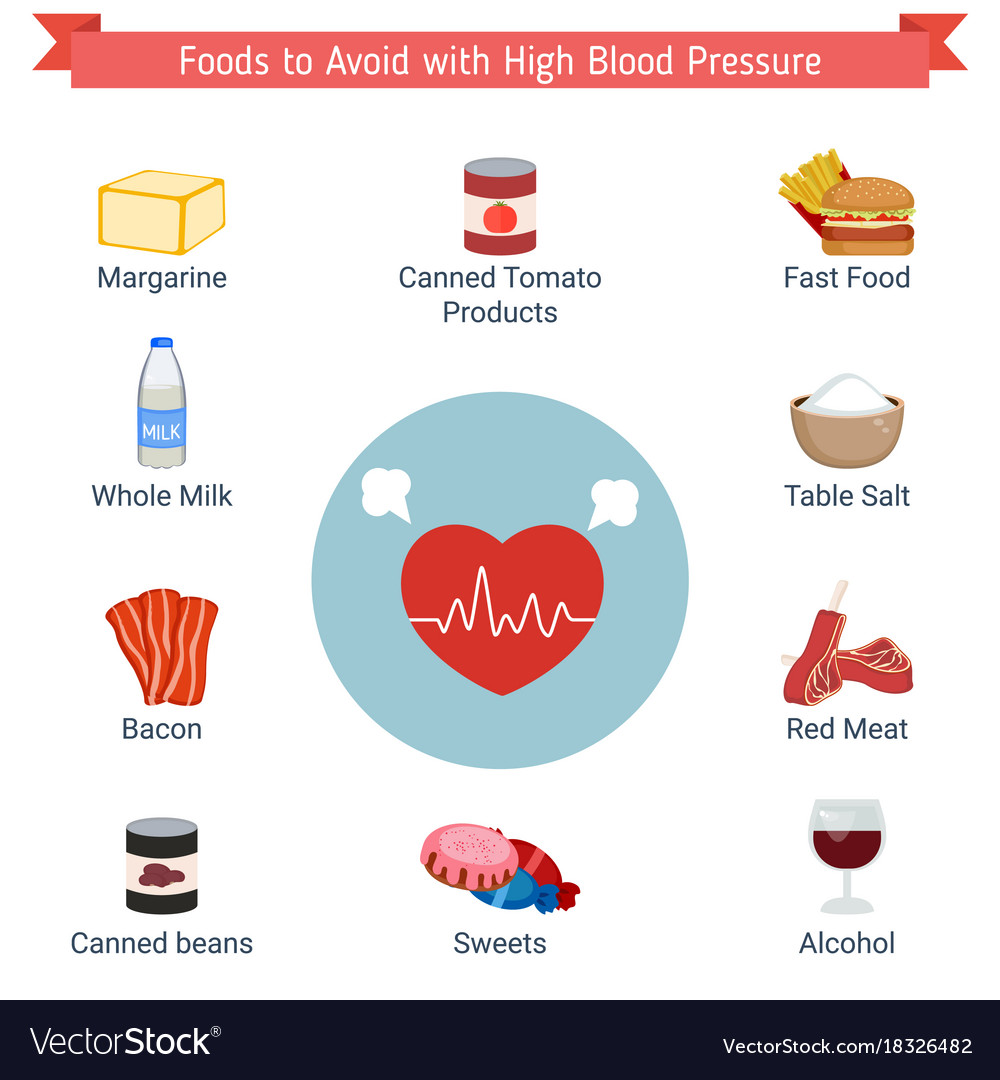What You Need To Understand About Hernia Surgical Treatment

Article written by-Colon Dwyer
Hernia surgical procedure is a procedure for the modification of a hernia. A rupture is a bulging of the internal organs. There are two various types of Hernia repair service. One involves an open repair, while the various other entails a closed treatment.
After figuring out the cause of your Hernia, your surgeon will make lacerations in your stomach to fix the Hernia. After that, he will certainly put a lighted scope called a laparoscope. The specialist will after that fix the Hernia with a mesh patch. The patch will become taken in right into the inner stomach wall surface.
Surgery for hernias are usually executed under general anesthetic. Laparoscopic treatments, on the other hand, include a tiny cut in the abdominal wall surface. In this treatment, the specialist can imagine the damaged area, as well as use a little video camera to guide him. The recuperation time for this kind of surgical procedure is much shorter than for open Hernia surgical treatments. The healing time depends upon the type of Hernia, size, place, and wellness.
Hernias that are huge or complicated may need an open procedure. People who have had stomach surgical treatment previously are additionally good candidates for open surgery. Prior stomach surgical procedures may cause adhesions that make minimally intrusive procedures more difficult. An open procedure will additionally permit the cosmetic surgeon to fix the abdominal wall problem if required. Abdominal Hernia Surgery Mesh can help in reducing stomach tension and supply architectural support.
When To Have Hernia Surgery
After your surgery, you may feel weak and worn out for a number of days. Nonetheless, lots of people will recuperate as well as resume normal tasks within a week. This surgical treatment is usually not agonizing, and you can drive, stroll, as well as do some workplace obligations after a couple of days. You need to avoid raising anything too heavy while you're still recouping.
How Long Does Inguinal Hernia Surgery Take
An open Hernia repair service normally entails utilizing a basic anaesthetic. During Hernia Mesh Material , a doctor makes a small cut through the skin and then pushes the Hernia back right into its proper location. Later on, the specialist will certainly tie it up as well as finish the weak area of the abdominal wall. Occasionally, a flexible mesh is included in avoid the Hernia from coming back.
Why Am I Losing Weight After Hernia Surgery
While lots of hernias do not cause severe pain, they can become inflamed and infected. In extreme cases, a rupture can become trapped and also require emergency surgical treatment. To avoid this, make sure you review your treatment options with your cosmetic surgeon. The doctor can advise the appropriate program of treatment based on the private situation.
Discomfort medicines are offered through an IV line and also a patient-controlled analgesia tool. You might have to keep track of your urine manufacturing with a Foley catheter for the first couple of days following the surgical treatment. Nevertheless, most clients get rid of the Foley catheter 2 days after the procedure. If you have any kind of problems after the surgical procedure, make sure to inform your doctor asap. In the future, it will certainly make the recovery procedure simpler.
A health examination will aid identify whether you have an inguinal Hernia. Inguinal hernias are typically much more famous when you strain or cough. Inguinal hernias can also be diagnosed with imaging examinations. If a rupture is detected, a medical professional will recommend one of the most suitable therapy method to correct it. If it remains in an inguinal location, a physician will certainly most likely use a mesh to sustain the abdominal area.
When a hernia is huge as well as relentless, it is often a great suggestion to have it repaired by a hernia specialist. In these situations, the surgical procedure will be far more considerable. Your doctor will certainly utilize regional or general anesthetic to prevent any type of discomfort. After surgery, the physician will sew the weakened location back inside the affected part of the abdominal area with surgical mesh and afterwards shut the cut with staples or surgical glue.

